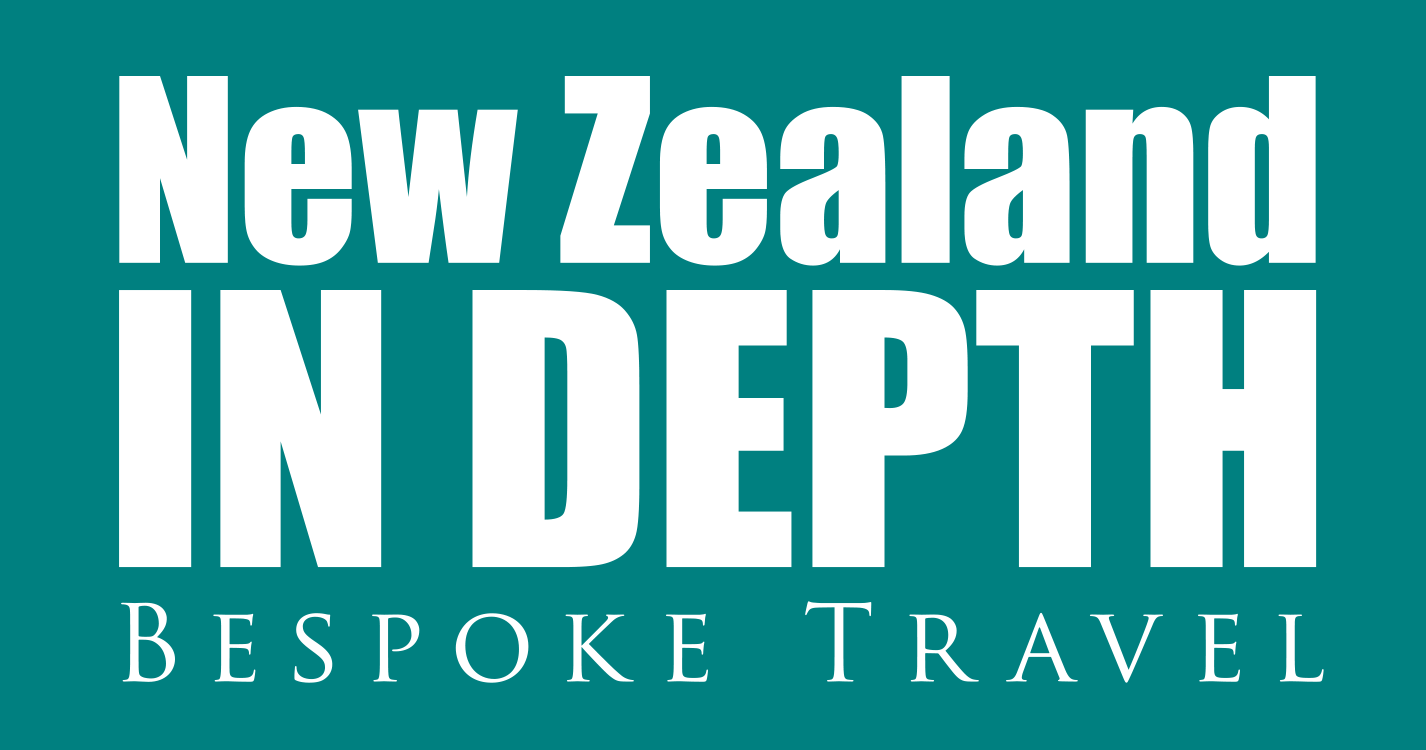Almost any time of year as far as we’re concerned. There is a commonly held belief, particularly in the Northern Hemisphere, that New Zealand is almost anchored off Antarctica. Therefore, northern seasonal rules can be applied to NZ meaning that December, January and February (northern June, July, August) must be the best months.
New Zealand is much further north than it looks on a map and the capital city Wellington, just about in the middle of the country, is actually on the same latitude as Barcelona.
The Pacific Ocean moderates the climate so it is quite temperate all year round without too many extremes, but there are obvious variations according to geography.
The far north is basically subtropical and the far south is cooler. The prevailing winds come from the southwest, so the western side of the country gets more rainfall. But the weather is also unpredictable and moves across the islands quite quickly, so it is rare to have long, boring spells of any type of weather. Hang around for a while and it will change.
So, back to the question. The only months that we’d say aren’t ideal are June and July as this is the middle of winter and although it may not be all that cold, the days are shorter.
August and September are quiet, not that New Zealand is ever that busy, and great for skiing in the mountainous parts of the country. October, November and December are spring and this is a lovely time for wildlife and nature enthusiasts as the new growth emerges and the birds are breeding.
January and February are the height of summer although things can get a bit busier because of the Northern Hemisphere issue as mentioned above and the fact that is the summer school holidays.
And March, April and into May is a lovely time of year — this is late summer/early autumn, the weather is usually at its most settled and the light and colours are beautiful.



















